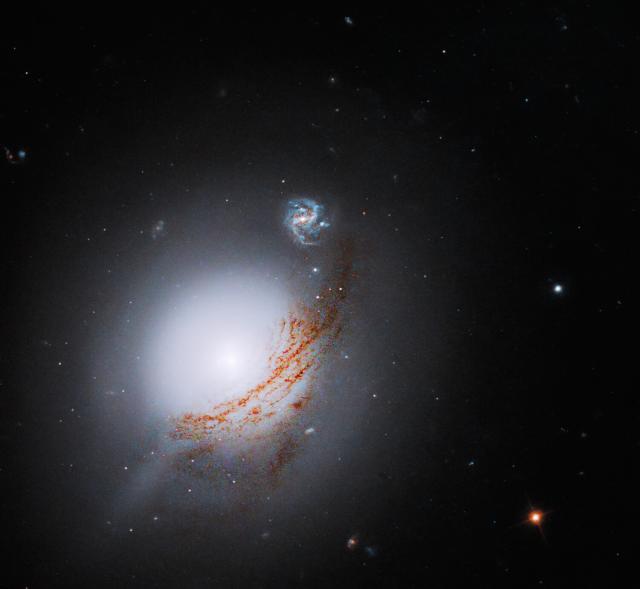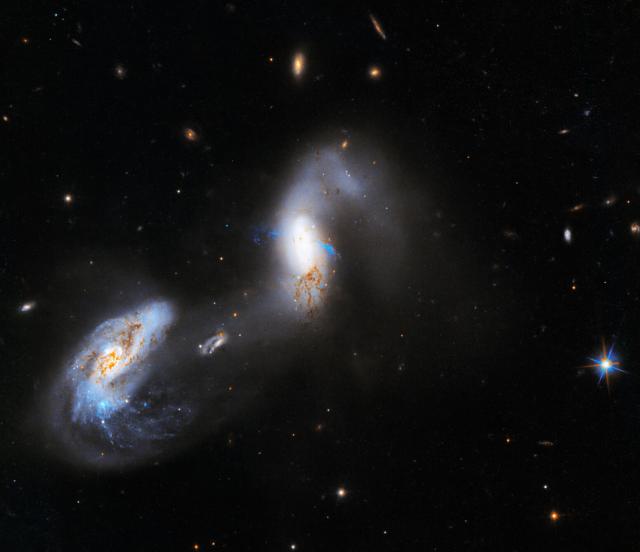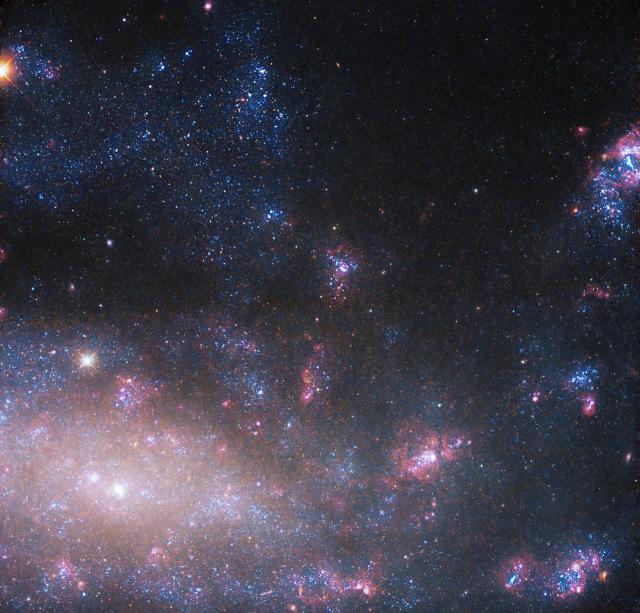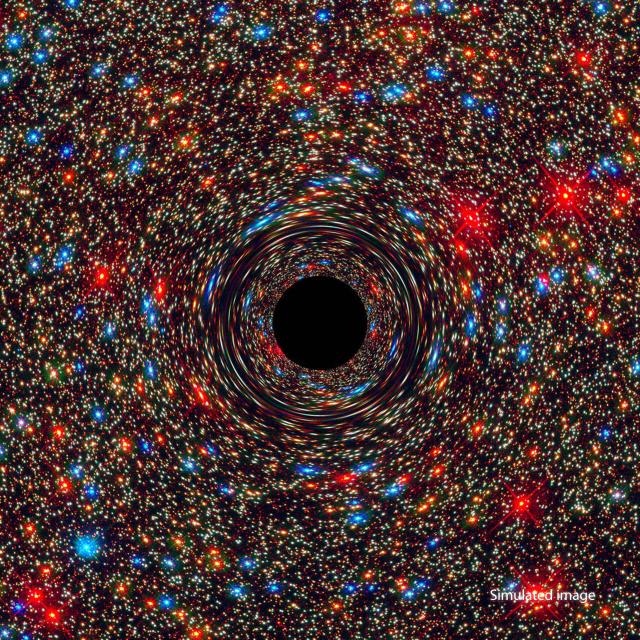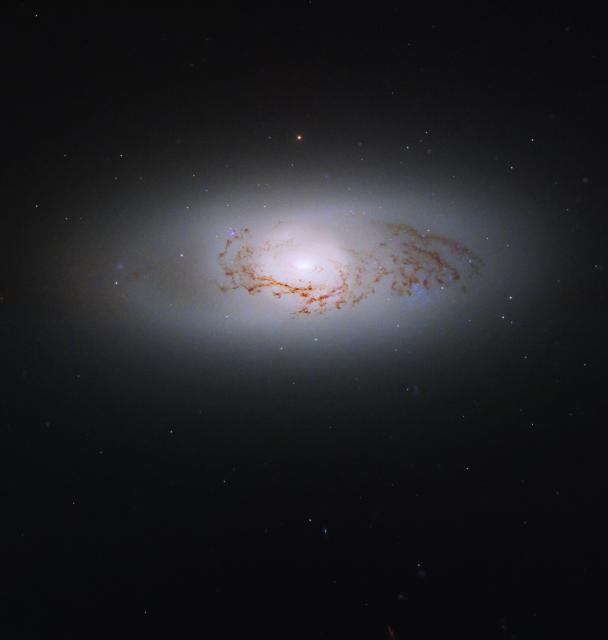Search
Items tagged with: blackholeweek
A new habitat is prepped for volunteers to test living in Mars-like conditions for a year, @NASAWebb detects signs of water vapor on a distant planet, and we celebrate #BlackHoleWeek—that’s what’s up This Week at NASA.
Wrap up the celebration with us: go.nasa.gov/44B3u1j
#NASA
Overview | Black Hole Week – NASA Universe Exploration
NASA's home for exploring everything beyond our solar system. Scientists use our fleet of telescopes to help us understand objects from our nearest neighbor stars, to monster black holes and distant galaxies.NASA Universe Exploration
To wrap up #BlackHoleWeek, here’s a parting gift – a new Hubble image of the galaxy NGC 5283!
Matter falling into a supermassive black hole creates the bright glow at the galaxy’s heart.
Learn more: go.nasa.gov/44y4C5N
#Hubble
Hubble Views a Beautiful Luminous Galaxy
The lenticular galaxy NGC 5283 is the subject of this NASA Hubble Space Telescope image.Andrea Gianopoulos (NASA)
When we say “supermassive black holes,” just how do they measure up?
Using their shadows for size, we’ve rounded up 10 black holes and compared them to objects in our solar system. Don’t worry – these black holes are many light-years away: go.nasa.gov/3HIcDeW #BlackHoleWeek
#NASA
NASA Animation Sizes Up the Universe’s Biggest Black Holes
A new NASA animation highlights the “super” in supermassive black holes. These monsters lurk in the centers of most big galaxies, including our own Milky Way.Francis Reddy (NASA)
Our #BlackHoleWeek event is on the horizon. 🕳️
Join our May 5 @TwitterSpaces to learn from experts as they talk about black holes, including the one at the center of our galaxy. #AskNASA your questions and they might be answered live. twitter.com/i/spaces/1eaKbrOqo…
#NASA
Interacting galaxies, known as AM 1214-255, shine bright in this new view from Hubble!
Both galaxies contain active galactic nuclei, which are luminous central regions that host a black hole. Learn more for #BlackHoleWeek: go.nasa.gov/3VoUSa9
#Hubble
Hubble Captures Extraordinarily Bright Interacting Galaxies
This new image from NASA’s Hubble Space Telescope shows interacting galaxies known as AM 1214-255.Andrea Gianopoulos (NASA)
Find your flair: go.nasa.gov/3LoSFGT
#NASAExoplanets
Basics | Black Holes – NASA Universe Exploration
A black hole is so dense that gravity just beneath its surface, the event horizon, is strong enough that nothing – not even light – can escape. The event horizon isn’t a surface like Earth’s or even the Sun’s.NASA Universe Exploration
Next up for #BlackHoleWeek, meet NGC 4395!
About 14 million light-years away, this spiral galaxy contains an active galactic nucleus (AGN) powered by a supermassive black hole.
Find out more about this new Hubble view: go.nasa.gov/3Nzydpw
#Hubble
Hubble Gazes at the Home of an Enormous Black Hole
This NASA Hubble Space Telescope image of the spiral galaxy NGC 4395 looks at a small section of the larger galaxy.Andrea Gianopoulos (NASA)
Most galaxies, like our Milky Way, have black holes at their centers. This computer-simulated image shows what that might look like. In the center is the black hole’s event horizon, where no light can escape.
go.nasa.gov/44jHlVs
#NASAExoplanets
Basics | Black Holes – NASA Universe Exploration
A black hole is so dense that gravity just beneath its surface, the event horizon, is strong enough that nothing – not even light – can escape. The event horizon isn’t a surface like Earth’s or even the Sun’s.NASA Universe Exploration
Welcome to #BlackHoleWeek!
To celebrate, Hubble has new images to share featuring active galactic nuclei, or AGNs. Some galaxies contain AGNs, which are extremely bright central regions that host a supermassive black hole!
First up, feast your eyes on NGC 3489 ⬇️
#Hubble

